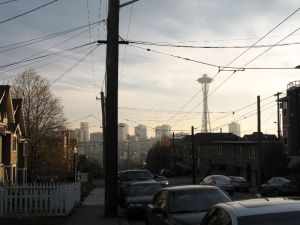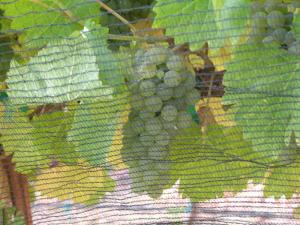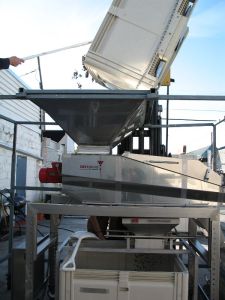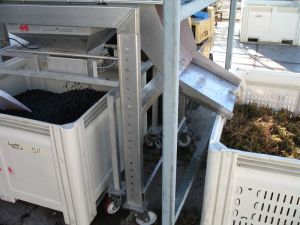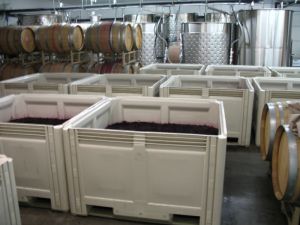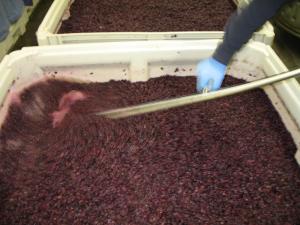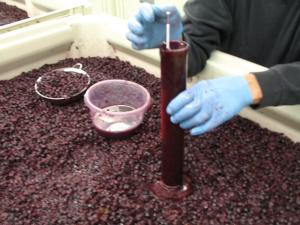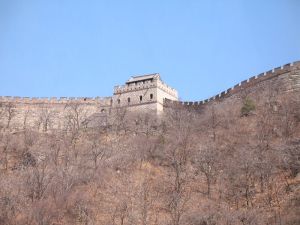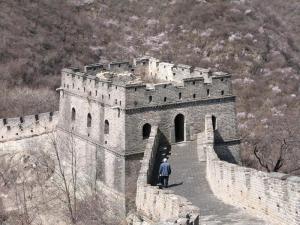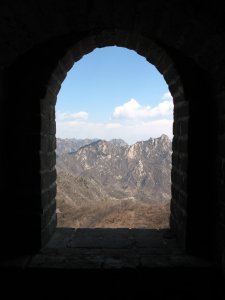I recently moved to an apartment in Seattle’s Lower Queen Anne neighborhood. This is the view from the end of my block.
Being just north of Seattle Center, the traffic can get horrible, but I don’t have a car anyway and there’s a grocery store five minutes away, so I can’t complain.
I made the move to my new home now and not sooner after returning from Japan because, among other things, I was helping with harvest and crush at my family’s small vineyard in the Yakima Valley.
We picked crate after crate of grapes, and then crushed them, using both a small, hand-cranked stemmer-crusher and this big, powered version.
Stemmer-crushers are ingenious machines. Crushed grapes come out the bottom while the “jacks” – the stems, leaves, and so on – are spat out the side.
I also helped a bit with post-crush jobs inside the winery.
Most of this actually belongs to another winery, by the way, from which my family’s winery rents workspace and equipment in an arrangement known in legalese as an alternating proprietorship.
The plastic macrobins hold red wine while it ferments on the skins to extract color. (White wines, on the other hand, are pressed immediately, to ferment with juice and no skins.) The crushed grapes have to be “punched down” three times a day.
In addition to punch-down for red wines, with both red and white wines you have to constantly track temperature and sugar content as the wines ferment. Sugar content is gauged by measuring the specific gravity, the density, of the wine. This can be done with a refractometer, or, as here, with a hydrometer.
To use a hydrometer, you read how high it floats and then adjust that number based on the temperature shown on its built-in thermometer.
And I’ll end on that somewhat prosodic note. More posts on China to come.
